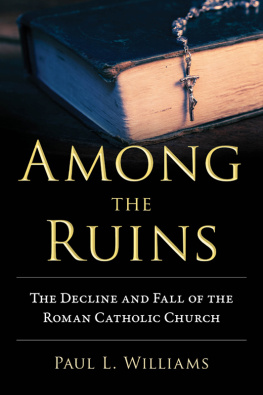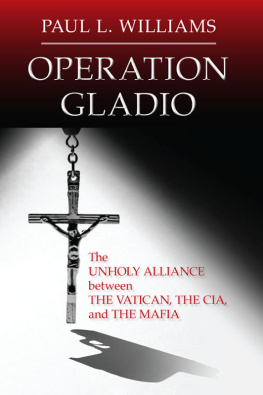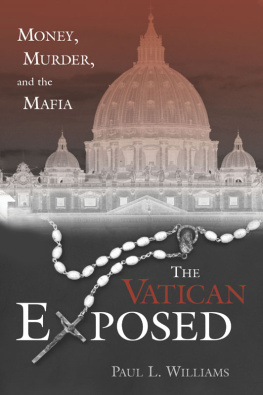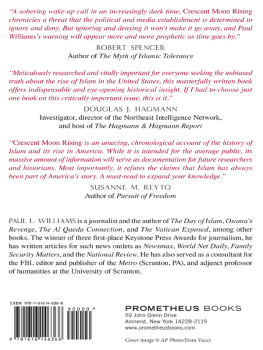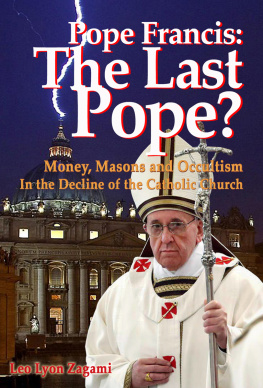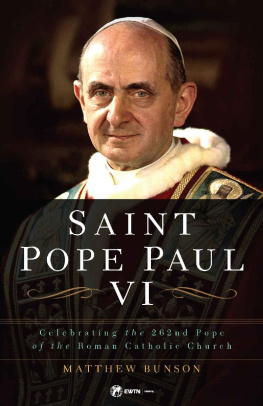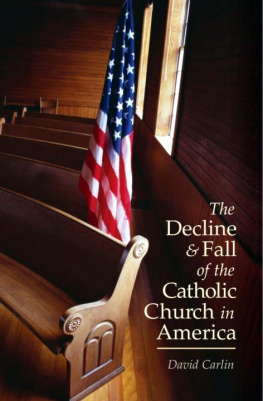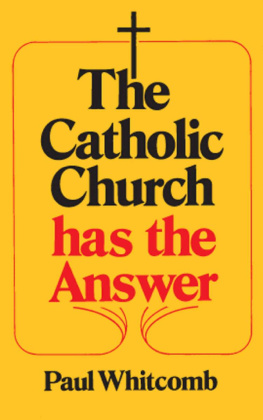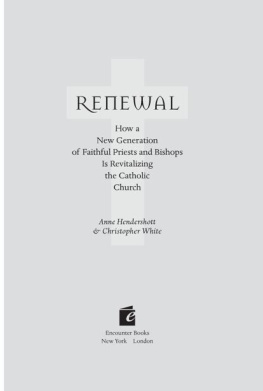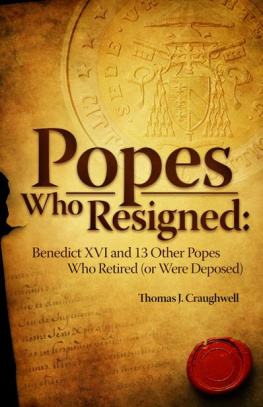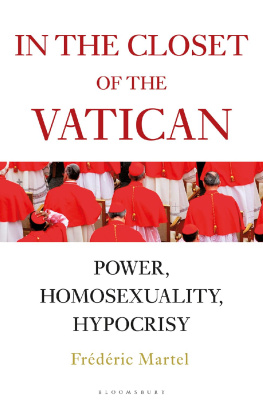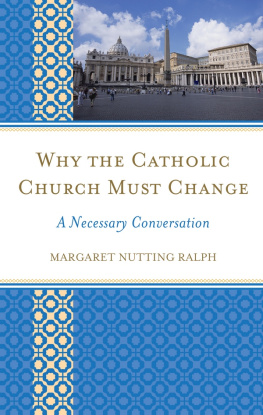I am not a Welsh Baptist. I come from a long line of Irish coalminers who eked a living within the anthracite regions of Northeastern Pennsylvania. They were boozers and brawlers and union organizers. But, above all, they were Roman Catholic with a fierce loyalty to the church.
My family parish was St. John the Baptist in West Scranton. At this parish, I received my first Holy Communion, underwent years of catechetical instruction, and submitted to the sacrament of confirmation. I sang Panis Angelicus with the church choir, inscribed JMJ on the upper-right-hand corner of my composition papers, wore a St. Christopher's medal, and made the sign of the cross before a foul shot. I fasted from meat on Friday, attended confession on Saturday, and went to Mass every Sunday morning and holy day of obligation.
The service was always the same, beginning and ending as it always had begun and ended. But, at our parish, the 10:15 Mass on Sunday morning (a Solemn High Mass and the last liturgy of the day) did not conclude when Father Joseph Oberholtzer, our parish priest, blessed the congregation, said Ite, Missa est, and read the last gospel. Following this reading came the Benediction of the Blessed Sacrament.
By attending Mass, we had fulfilled our Sunday obligation and were not obliged to sit through this lengthy ritual. But no one left. Fr. Homer, the assistant pastor, stood vigil in the vestibule ready to accost any parishioner seeking to escape for a drag on a cigarette.
The benediction came replete with litanies to the saints. When the names of the hallowed members of the community of heaven were invoked, we were obliged to respond, Ora pro nobis. The benediction concluded with a procession in which the members of the congregation walked behind Fr. Oberholtzer as he carried a monstrance bearing the sacred Host throughout the sanctuary. We never arrived home before noon.
The winter winds were still howling on Palm Sunday, March 28, 1958. On this day, we were obliged to wave palms about our heads during the procession. This would have been all well and good, if Fr. Oberholtzer had not been suffering from dementia. He led the congregation out of the church and into the street. We followed him, palms in air, past the convent house, where the religious sisters lived, the rectory, the church hall (where, to the outrage of Protestants, bingo was played and liquor was served), and the parochial school. Fr. Oberholtzer, monstrance still uplifted, proceeded to lead us down Luzerne Street past Betz's bar, the working-class row houses, the Handy Dandy store, the corner grocery stores, the West Scranton High School, and the Nehi bottling company. We were headed toward the end of the street and the Fiegleman junkyard.
Realizing that something was seriously amiss, a few men rushed back to the parish to fetch Fr. Homer, who came running down the street to prevent the sorry spectacle of the sacred sacrament ending up among mounds of scrap metal, castaway appliances, and the remains of rusty old automobiles. Fr. Homer recovered the monstrance and led the confused priest and the bewildered parishioners back to the sanctity of the church.
St. John the Baptist Church was closed in 1995. The hallowed ground where it once stood is now occupied by United Penn Bank. The convent house, the rectory, the church hall, and the school have been demolished to create a parking lot. Few remember the Te Deums that were raised to heaven at this site on Sunday morning, let alone Fr. Oberholtzer and the long procession to the junkyard. Perhaps in the priest's demented mind the mere sight of the sacred Host within the monstrance was supposed to cause Protestants who lived in the neighborhood to come to an awareness that the real presence of Jesus Christ abided in the Roman Catholic Church.
In 1958, Fr. Oberholtzer was not alone in his religious delusion. That same year, Pope John XXIII initiated his own long procession into the outside world that the faithful were summoned to follow. It was a procession that was supposed to make non-Catholics aware that the church had come of age, that it had shed its medieval trappings, that it sought to initiate a union with Protestants that would result in a new world religion. The pope brandished not a monstrance but a herald of enlightenment. In retrospect, he was no less quixotic than Fr. Oberholtzer. His procession led to an existential spiritual wasteland, with no way back to the hallowed ground from whence it had begun.
Among the ruins of my childhood faith, I have written this book. Striving for objectivity, I have included endnotes to document my every claim. But every story is told from the point of view of its author. And this story contains evidence of my outrage at Holy Mother Church and the abandonment of all that is sacred, as well as a good measure of my rue over what has been relinquished and forever lost.
Introibo ad altare Dei,
Ad Deum qui laetificat juventutem meam.
(I will go to the altar of God,
To God, the joy of my youth)
Introit of the Tridentine liturgy
The doctrines of Holy Mother Church were proclaimed as semper eademalways the samedoctrines impervious to the winds of change and the demands of the zeitgeist. These teachings were upheld as revealed truths that the church had been divinely instituted to safeguard until the end of time. Some of the teachings were grounded in the scriptures (the Old and New Testaments), but others sprang from traditionthe revelations received by the vicarious representations of Christ on earth, that is, the bishops of Rome and the egregi doctores ecclesia, the great doctors of the church (Sts. Jerome, Augustine, Thomas Aquinas, et alia) throughout the centuries.
The divine nature of Roman Catholicism was grounded in the doctrine that the church had been established by Jesus Christ, who had singled out St. Peter for the Great Commission, by saying, Thou art Peter and upon this rock [petrus] I will build my church and the gates of hell shall not prevail against it (Matt. 16:18). According to this same teaching, Christ also granted Peter exclusive sacerdotal authorityan authority which was not shared by the other eleven disciples: I shall give to you [Peter] the keys of the kingdom of heaven. Whatsoever you bind on earth shall be bound in heaven; and whatsoever you loose on earth shall be loosed in heaven (16:19).
St. Peter, according to Catholic doctrine, had established the church at Rome and passed on the authority of the episcopate to a fellow bishop named Linus, whose name appears in St. Paul's Second Epistle to Timothy (4:21). Linus, in turn, relinquished the office to Anacletus, and Anacletus to Clement. Linus and Anacletus left no mark in history save for their presumed
Regarding this chain of succession, St. Irenaeus, in 187 CE, wrote, To this Clement there succeeded Evaristusthen, sixth from the apostles, Sixtus was appointed; after him, Telesphorus, who was gloriously martyred; then Hyginus; after him, Pius; then, after him, Anicetus. Soter succeeded Anicetus, Eleutherius does now, in the twelfth place from the apostles, hold the inheritance of the episcopate.
THE ARK OF SALVATION
Since it was divinely established, the church claimed the right to pontificate on disputes, to settle religious controversies, to condemn heresies, and to establish universal doctrine. Despite the False Decretals (documents forged in the ninth century to establish the supreme authority of the pope) and the disturbing fact that several popes had been condemned as heretics, the church presented itself throughout the years as the sole source of truth for all of mankind. It was, as St. Cyprian said, the Ark of Salvation, outside of which there is no hope of deliverance from sin and damnation.

